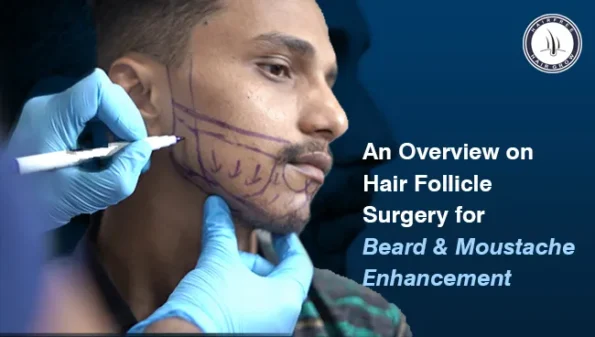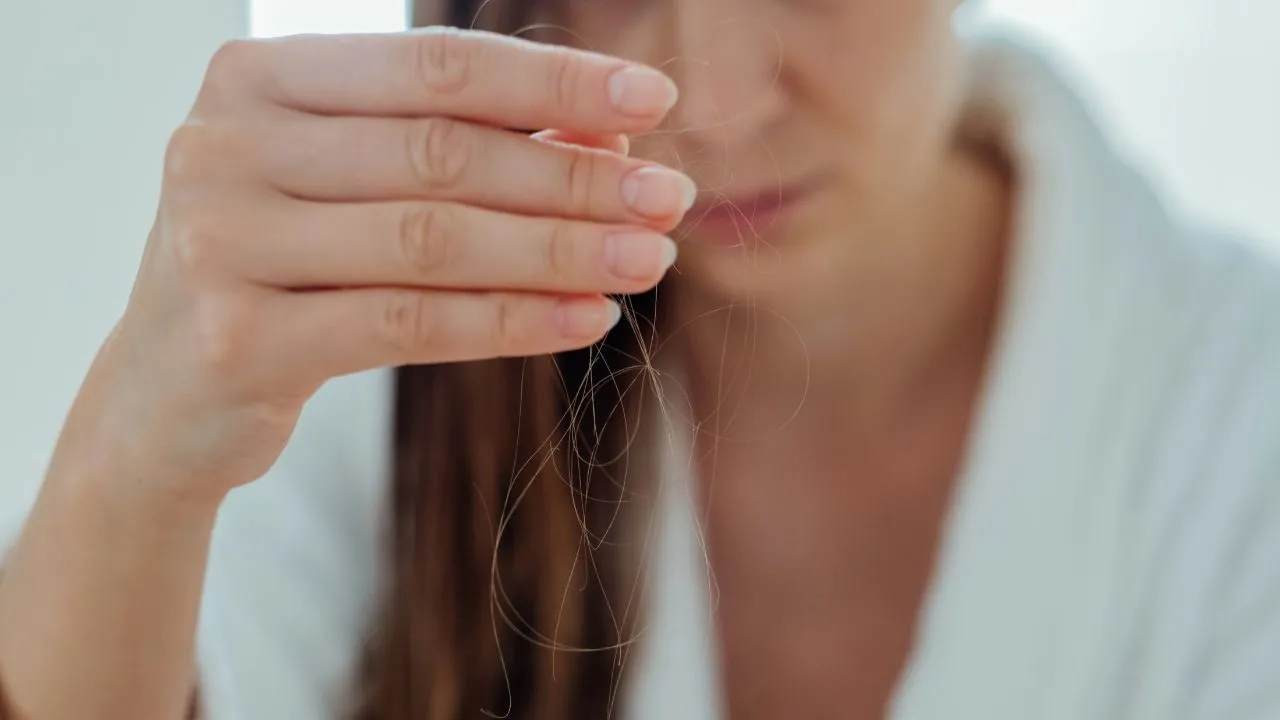Over the past decade, reconstructing beards and mustaches has become increasingly popular and accepted. This procedure helps correct areas of the face with thin hair and enhances existing facial hair for cosmetic purposes. Achieve a confident look with expert beard and moustache enhancement
Here’s how the surgery works: doctors use techniques like follicular unit excision (FUE) or follicular unit transplantation (FUT) to harvest hair grafts from the scalp. These grafts are then carefully placed in the desired areas using premade slits or a stick-and-place approach.
Thanks to ongoing advancements and improvements in the procedure, it has become easier to achieve excellent aesthetic results with minimal side effects.
However, it’s not a guaranteed fix, and there’s a chance you might not be completely satisfied with the results. There’s also a risk of scarring from the transplant. It’s important to find a qualified doctor and weigh the cost before deciding if it’s the right choice for you.
So, while it’s worth exploring, remember that there’s no 100% guarantee of a perfect
What is a Beard Follicle Surgery?
A beard transplant is like moving hair from one part of your body to your face to grow a beard. There are two main ways to do it:
- Follicular Unit Extraction (FUE): Hair is taken one by one from the donor area (usually the back of your head). It’s less painful and more common.
- Follicular Unit Transplantation (FUT): A small strip of tissue is taken from the back of the head, and hair follicles are removed from that strip.
A “follicular unit” is just a group of hair follicles growing from the same point on your skin.
In both methods, about 2,000 to 5,000 hair follicles (or even more) are taken from the back of your head and planted on your face where you want the beard.
A “graft” is basically a transplanted hair follicle.
So, it’s like relocating hair to make your beard grow.
What’s the Procedure of Hair Follicle Surgery for Beard and Moustache Enhancement
Here’s a simplified breakdown of the beard and mustache reconstruction procedure:
Harvesting
The surgeon will shave the area on your head from where the hair grafts will be taken. You will be given a local anesthetic to ensure you don’t feel any pain during this process.
Implantation
After the hair follicles are harvested, the surgeon will inject a local anesthetic into your face where the implants will be placed. Each follicle will be carefully implanted in your facial skin to create the desired beard shape discussed before the surgery.
Recovery
You will require a day of rest after the beard follicle surgery. Small crusts may form around the newly implanted hair follicles, but they will naturally flake off within a few days. In about a week to 10 days, you can start shaving and trimming your new beard as usual.
Keep in mind that some of the newly implanted hairs may fall out after a couple of weeks, but this is a normal part of the process. New hair should grow in to replace them.
Who’s a Good Candidate For This Procedure?
To be a suitable candidate for this procedure, it’s important that you have healthy hair follicles on the back of your head. Typically, this area is less prone to hair loss compared to the top of your head.
During your consultation with a transplant surgeon, they will assess your scalp to determine if there are enough healthy hair follicles available for transplantation.
If there aren’t sufficient follicles for harvesting, your doctor might suggest considering alternative treatments.
Are There Any Precautions or Side Effects To Be Aware Of?
After your procedure, your doctor will provide you with instructions to care for yourself at home.
Here’s what you might need to do:
Antibiotic Ointment
Your doctor may recommend using antibiotic ointment on your scalp and face.
Activities to Avoid
- No Swimming: Stay away from swimming for the first few days.
- Protect from Sunlight: Avoid direct sunlight exposure.
- Quit Smoking: If you smoke, take a break for a while.
- No Sauna or Hot Tub: Steer clear of sauna or hot tub usage.
- Limit Physical Activity: Hold off on intense workouts, especially those that make you sweat.
- Hands Off: Refrain from touching, rubbing, or scratching the areas where hair was harvested or implanted.
Potential Side Effects
When you undergo a hair transplant, there are some things you might notice on your face and scalp.
- Swelling: Your face and scalp might swell a bit.
- Redness: You may see some redness.
- Tightness: You might feel your skin being a bit tight.
- Numbness: Some areas might feel numb for a while.
- Scabs or crustiness: You could have temporary scabs or crustiness, especially on the scalp.
In the area where hair is taken from (donor area), scarring is common. But, usually, your hair will grow back and cover it. If you opt for FUE, the scars are small and not easily noticeable. However, FUT leaves a longer scar on the back of your head.
For the implanted areas on your face, there shouldn’t be scarring. But, you might notice some temporary scabs. If redness, swelling, or irritation persists after a few weeks, make sure to tell your doctor.
FAQs
Can you Get Surgery to Make Your Beard Thicker?
Yes, you can undergo surgery to make your beard thicker. This involves taking hair follicles from one part of your body, like the scalp, and moving them to your face where you want more facial hair. The surgeon marks the area for hair transplantation before the procedure.
Is Hair Follicle Surgery Permanent?
The results of this surgery are permanent. After five to seven days, you can go back to your usual activities. The hair that’s been transplanted is yours to keep – you can wash it, cut it, and even dye it if you want.
Can Anyone Undergo a Beard and Moustache Enhancement Procedure?
While many individuals are suitable candidates, a thorough consultation with a specialist is essential to determine eligibility. Factors such as overall health and specific hair characteristics are considered.
How Long Do the Results of the Surgery Last?
Hair Follicle Surgery offers long-lasting results. However, individual experiences may vary. Maintenance and proper care contribute significantly to the longevity of the enhanced facial hair.
What Factors Influence the Cost of Hair Follicle Surgery?
Several factors impact the cost, including the extent of the procedure, geographic location, and the surgeon’s expertise. A detailed consultation will provide a personalized cost estimate.
Are There Non-Surgical Alternatives for Beard Enhancement?
Yes, non-surgical options exist, such as topical treatments and medications. However, their effectiveness may vary, and consultation with a specialist can guide you in choosing the most suitable approach.
Written By
MD (Skin & VD)
Dr. Santpal Sangwan is a renowned hair transplant specialist with expertise in Hair Follicle Surgery for Beard and Moustache Enhancement. With years of experience, he offers personalized solutions to help patients achieve fuller, natural-looking facial hair.
Disclaimer
We’ve made all possible efforts to ensure that the information provided here is accurate, up-to-date and complete, however, it should not be treated as a substitute for professional medical advice, diagnosis or treatment. See Detailed Disclaimers Here.





